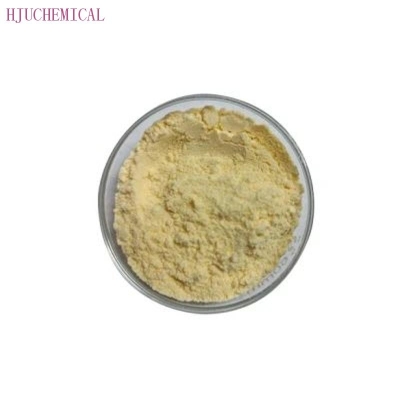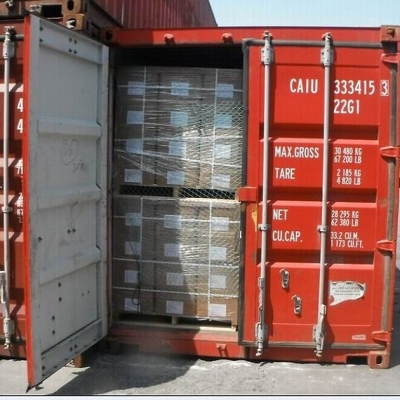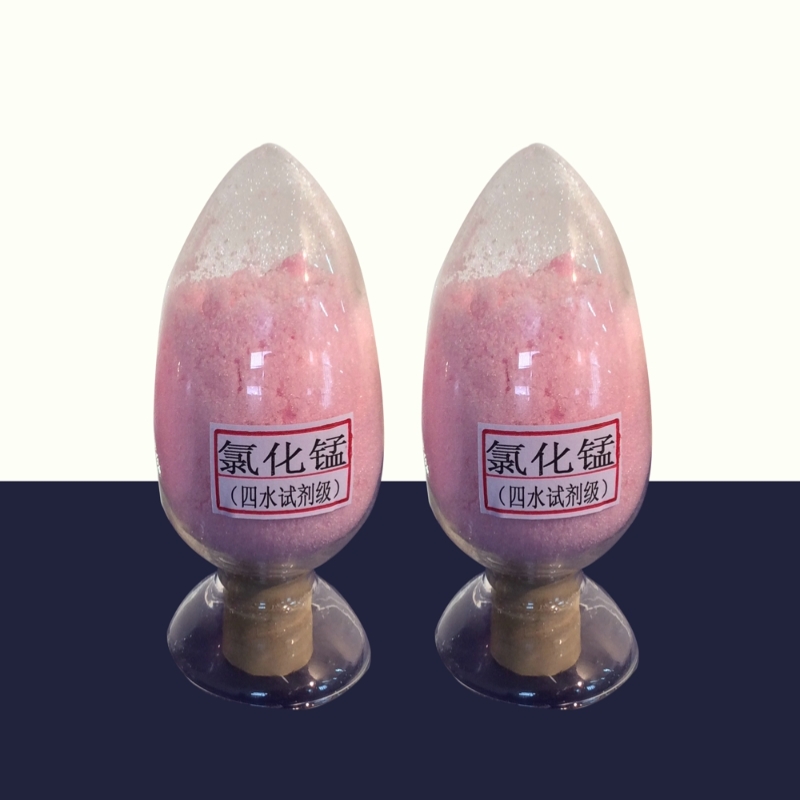-
Categories
-
Pharmaceutical Intermediates
-
Active Pharmaceutical Ingredients
-
Food Additives
- Industrial Coatings
- Agrochemicals
- Dyes and Pigments
- Surfactant
- Flavors and Fragrances
- Chemical Reagents
- Catalyst and Auxiliary
- Natural Products
- Inorganic Chemistry
-
Organic Chemistry
-
Biochemical Engineering
- Analytical Chemistry
- Cosmetic Ingredient
-
Pharmaceutical Intermediates
Promotion
ECHEMI Mall
Wholesale
Weekly Price
Exhibition
News
-
Trade Service
Potassium ferricyanide is a commonly used chemical in various industrial processes, including water treatment, photography, and the production of inks and dyes.
The production process of potassium ferricyanide involves several steps that require careful attention to detail to ensure the quality and purity of the final product.
- Raw Material Preparation: The production of potassium ferricyanide begins with the preparation of raw materials.
Iron oxide and potassium hydroxide are the primary raw materials used in the production process.
The iron oxide is typically obtained from the oxidation of iron sulfide or iron oxide, while the potassium hydroxide is obtained by the electrolysis of potassium chloride. - Mixing: The next step in the production process is mixing the raw materials in the appropriate ratios to form a slurry.
The exact ratio of raw materials used will depend on the specific process and the desired purity of the final product.
In general, a slurry containing approximately 70% iron oxide and 30% potassium hydroxide is used. - Leaching: After the raw materials have been mixed, they are placed in a leaching tank, where the potassium hydroxide is dissolved in water.
The resulting solution contains potassium ferricyanide, which is then separated from the solids. - Neutralization: In the next step, the solution is neutralized to prevent further reactions from occurring.
This is typically done by adding a small amount of sodium carbonate or lime. - Filtration: After neutralization, the solution is filtered to remove any solids that may be present.
The filtered solution is then concentrated to increase the potassium ferricyanide concentration. - Recrystallization: The concentrated solution is then cooled and allowed to slowly crystallize.
The crystals are then collected and dried to produce pure potassium ferricyanide. - Purification: The purification process may involve recrystallization or other methods to further purify the potassium ferricyanide.
The final product is then packaged and shipped to customers.
Quality Control:
Throughout the production process, the quality of the potassium ferricyanide is carefully monitored to ensure that it meets the required specifications.
This includes testing for purity, concentration, and other chemical properties.
Any deviation from the desired properties is addressed immediately to prevent the production of substandard product.
Advantages and Limitations:
The production of potassium ferricyanide has several advantages, including its effectiveness as a flocculant in water treatment and its use as a developer in photography.
However, there are also limitations to its use, including its toxicity and environmental impact.
It is important to consider these factors when using potassium ferricyanide in industrial applications.
Conclusion:
The production process of potassium ferricyanide is a complex and multi-step process that requires careful attention to detail to ensure the quality and purity of the final product.
The use of potassium ferricyanide in various industrial processes provides numerous benefits, but it is important to consider its limitations and potential environmental impact.
With proper management and control, potassium ferricyanide can be safely and effectively used in a variety of industrial applications.







